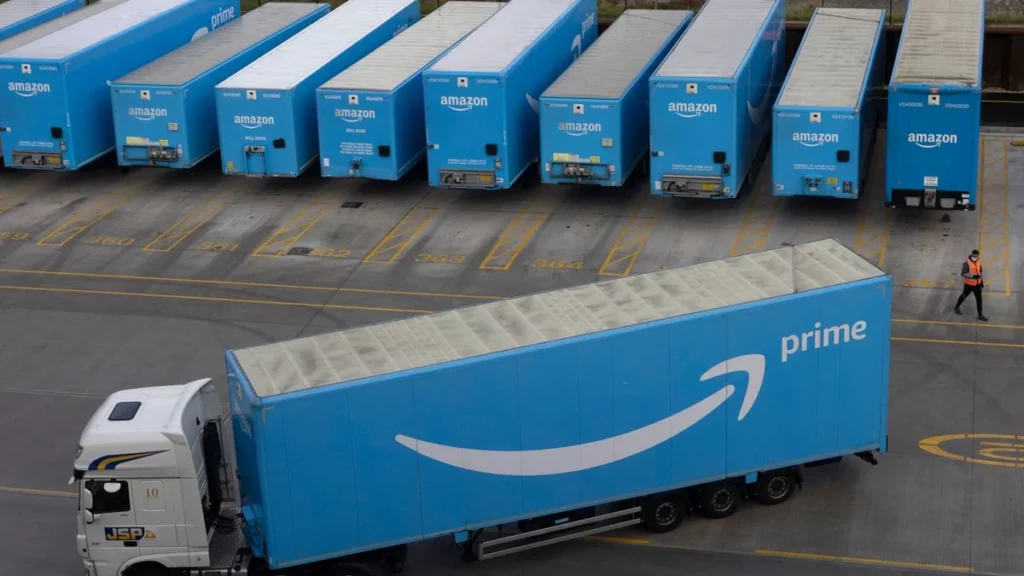Unveiling the Amazon Saga: FTC Lawsuit Sheds Light on Seller Fulfilled Prime Program


Amazon, the e-commerce behemoth, recently found itself under the scrutiny of the Federal Trade Commission (FTC). In an unexpected twist, the FTC’s lawsuit reveals intriguing details about Amazon’s decision to halt new enrollments for its Seller Fulfilled Prime (SFP) program. The move, despite the stellar performance of sellers in the program, raises eyebrows and points to a broader strategy that could impact both sellers and consumers.
Unraveling the Seller Fulfilled Prime Program
Amazon initiated the Seller Fulfilled Prime program in 2015, allowing third-party sellers to independently fulfill Prime-eligible orders. This meant sellers could sport the coveted Prime branding on their products while maintaining control over the fulfillment process. The program garnered success, enrolling approximately 15,000 sellers at its peak.
The FTC’s Allegations
The FTC’s lawsuit, filed in September and recently unredacted, accentuates Amazon’s decision to pause new enrollments in 2019. It argues that such actions coerce sellers into utilizing Amazon’s fulfillment services rather than exploring alternative providers. Sellers in the SFP program, according to the complaint, surpassed Amazon’s delivery estimate requirements more than 95% of the time in 2018, even outperforming orders handled by Amazon’s own fulfillment service.
Amazon’s Counterargument
In response to the FTC’s claims, Amazon’s spokesperson, Tim Doyle, contends that the FTC’s portrayal of SFP’s success in 2018 is misleading. Doyle argues that sellers using SFP fell short in delivering within two days, a metric crucial for Prime customers, and performed significantly worse than sellers using Amazon’s Fulfillment by Amazon (FBA) service.
The Turning Tide: Amazon’s Shift in 2019
The lawsuit reveals a turning point in 2019 when Amazon executives, concerned about the potential growth of alternative fulfillment providers, contemplated shutting down SFP in the United States. This shift came as independent fulfillment providers advertised their ability to help sellers achieve Prime eligibility through SFP. Despite internal debates, Amazon ultimately decided to pause new enrollments.
The Aftermath: Sellers and the SFP Program
Following the enrollment pause, a program waitlist swelled to over 8,000 sellers within six weeks, indicating sustained interest. However, Amazon communicated to existing SFP sellers that it expected them to fulfill orders themselves rather than through independent providers. Consequently, most SFP sellers either departed or were disqualified from the program.
Learning from the Pause
Doyle asserts that Amazon has gained insights and improved the SFP program since the 2019 pause. Enrollment has been reopened, promising an enhanced Seller Fulfilled Prime experience that aligns with customer expectations.
The Dilemma: Prioritizing Exclusion Over Competition
The lawsuit alleges that Amazon knowingly chose to slow overall shipping speeds by closing SFP enrollment, prioritizing the exclusion of rivals and foreclosing competition. This decision, despite its negative impact on shoppers, underscores Amazon’s strategic considerations.
Seller Voices and Amazon’s Response
Notably, some Amazon employees advised against sunsetting the program, emphasizing the elimination of Prime benefits for 115 million items. Suggestions to reopen enrollment with an alternative Prime badge were, however, vetoed.
The Ongoing Impact
As the dust settles, sellers continue to grapple with the aftermath, either adapting to the revised SFP program or seeking alternatives. The Amazon saga prompts reflection on the delicate balance between corporate strategy, competition, and customer experience.
Conclusion: Navigating the Amazonian Waves
The FTC’s lawsuit unveils a complex narrative within the Amazon ecosystem, exposing tensions between the e-commerce giant, third-party sellers, and the pursuit of Prime excellence. As the Seller Fulfilled Prime program undergoes changes, the repercussions echo through the corridors of e-commerce. What lies ahead for Amazon and its sellers remains a question yet to be fully answered.
Sharing is caring!